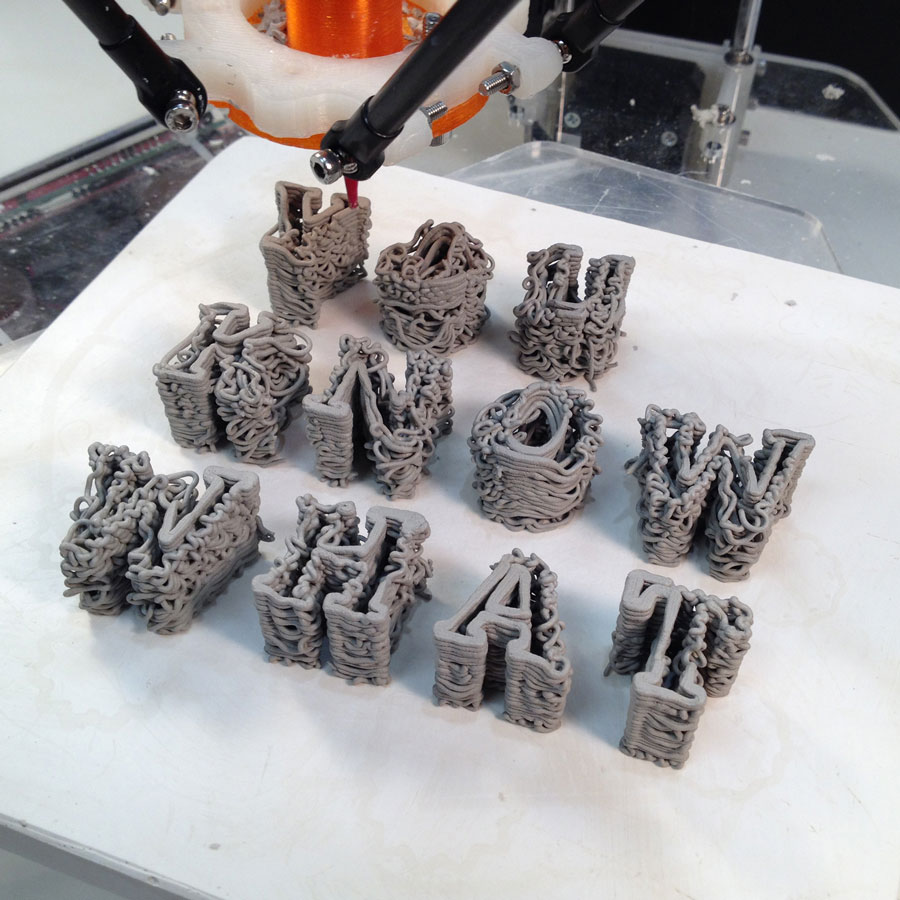Taekyeom Lee
Assistant Professor
Illinois State University
Technology and design have been in a symbiotic relationship, and the demand for the typography with 3D printing has already arrived. Like the digital revolution with the introduction of personal computers generated radical changes in typography, the new digital fabrication techniques urge designers and educators to embrace the new possibilities. As 3D printing has become more refined, efficient, and accessible, what designers can do with the new printing technology? This project is the first phase of a research project to develop and find the place of the emerging technologies in typography.
Designers can use a variety of printing techniques to produce visual materials and to solve visual problems. 3D printing can change the notion of printed text and how we experience materialized type since the tangible type does not lie on the static surface or live on-screen as a mirrored image. 3D printed tangible type acquires characteristics such as dimension, structure, materiality, and even physical interactivity. For this project, various conventional and unconventional materials in 3D printing were used to explore both the challenges and potential for typography. 3D printed tangible type not only amplified visual but physical interactions. The tangible type provides engaging tactile experiences, which would be more intuitive, expressive, and memorable. It also became relatively challenging to ensure the legibility of the written text and write a long text. More investigations should be followed as the technology will get more refined. This project could be inspirational for both professional practices and educational settings, such as typography, graphic design, and digital fabrication courses. As the outcome provides three-dimensional experience and substance, a new application of this design could be used for spatial typography and developed for people with vision impairment.
This research was presented at the Design Incubation Colloquium 6.3: Fordham University on May 16, 2020.
